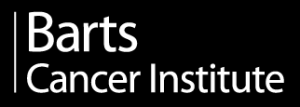March 8
2012
CPCOM 120
ASU Tempe campus
One of the most exciting breakthroughs in cell biology over the past decade is the recognition that micromechanical inputs to cells from the solid-state extracellular matrix (ECM), such as those encoded in ECM geometry, topography, and elasticity, can influence cell and tissue physiology and pathology in profound and specific ways. This “physical microenvironment” bears direct relevance to the pathogenesis of diseases of the nervous system in which cells alter their structure, motility, or compliance, including neuronal and glial tumors and neurodegenerative disorders, and suggests that specific cell behaviors may be engineered by directly manipulating the underlying molecular systems. In this talk, I will discuss efforts my group has taken to elucidate the importance of the physical microenvironment in regulating tumor and stem cell biology in the central nervous system. This includes efforts to probe the molecular basis of the relationship between ECM mechanics, topology, and cellular motility and force generation in malignant glioma cells in two- and three-dimensional culture. In the case of adult neural stem cells, these approaches have enabled us to dissect and manipulate neurogenic commitment and maturation in vitro and in vivo by controlling both physical properties of the stem cell niche and the cellular signaling systems that interface with this niche. An important lesson from this work is that adult neural stem cells sense time-sensitive biomechanical signals from the microenvironment that are processed through Rho family GTPases, produce changes in cellular contractile signaling, and strongly influence neurogenic lineage commitment.



